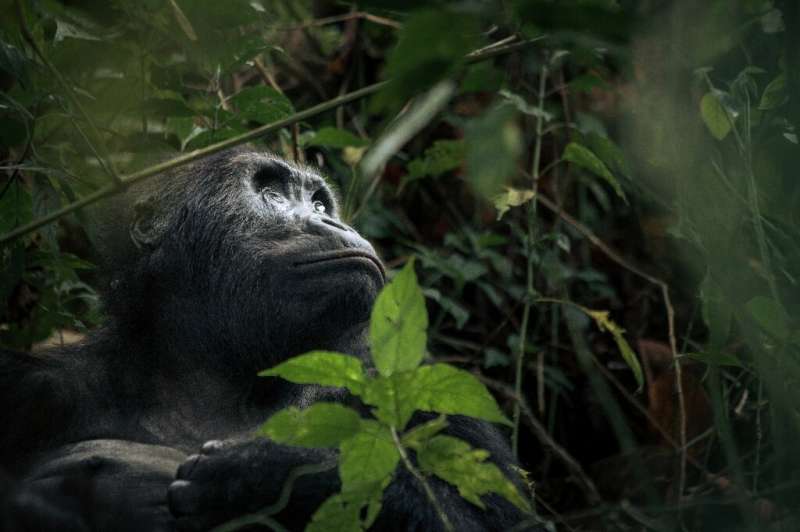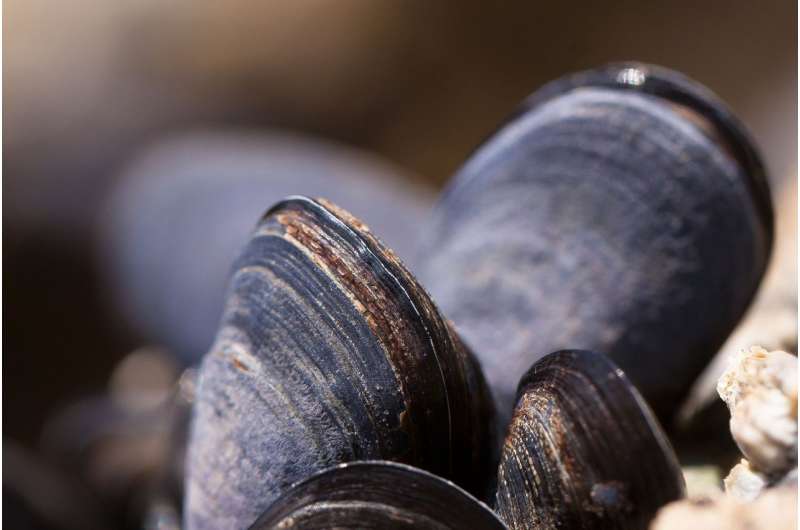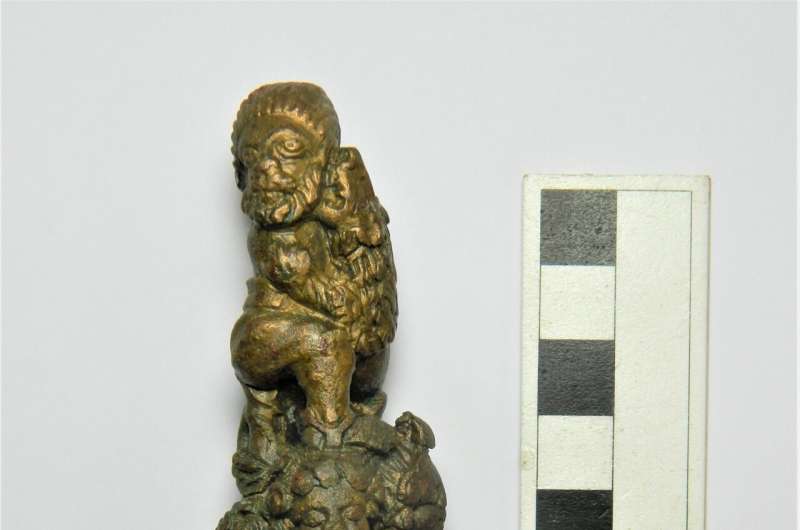Humans aren't the only species whose metabolisms tend to slow down with age
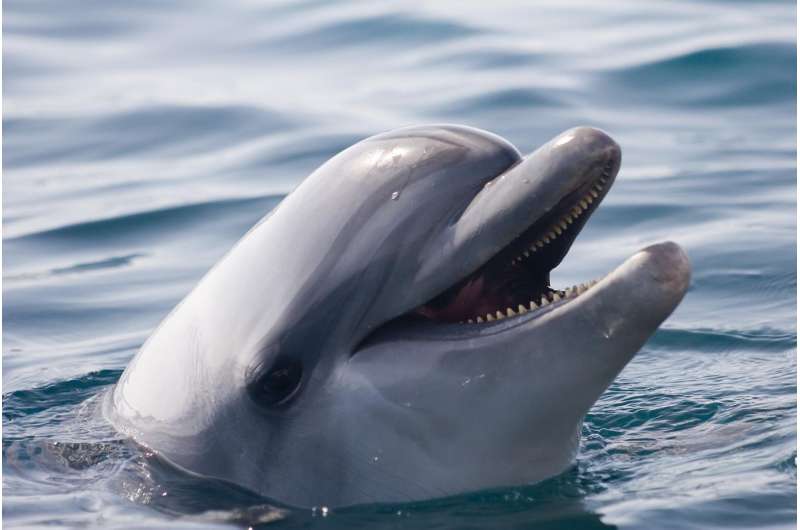
If you feel like your metabolism just isn't what it used to be, no matter how many hours you spend in the gym, dolphins can relate.
A Duke University-led study finds that bottlenose dolphins burn calories at a lower rate as they get older, just like we do.
It's the first time scientists have measured an age-related metabolic slowdown in another large-bodied species besides humans, said first author Rebecca Rimbach, postdoctoral associate in evolutionary anthropology at Duke.
Rimbach has studied energy expenditure and other aspects of physiology in animals ranging from mice to monkeys. But data on the inner workings of marine mammals such as dolphins and whales have been scant, she says. That's because these ocean dwellers are notoriously difficult to recapture for repeat measurements.
"It can be very tricky to get the animal back when you need it," Rimbach said.
The researchers studied 10 bottlenose dolphins aged 10 to 45 living at two marine mammal facilities, Dolphin Research Center in Florida and Dolphin Quest in Hawaii.
To measure their average daily metabolic rate, the researchers used the "doubly labeled water method." Used to measure energy expenditure in humans since the 1980s, it's a method that involves getting the animals to drink a few ounces of water with naturally occurring "heavy" forms of hydrogen and oxygen added, and then tracking how long the animals take to flush them out.
Like humans present their arms for a blood draw, the dolphins at these facilities voluntarily raise their tail fins out of the water so their caregivers can collect blood or urine as part of their regular checkups.
By analyzing the levels of heavy hydrogen and oxygen atoms in the blood or urine, the team was able to calculate how much carbon dioxide the dolphins produced each day, and thus how many calories they were burning as they went about their lives.
What they found surprised them.
The researchers expected dolphins to have revved-up metabolisms, since dolphins are warm-blooded just like people, and keeping warm requires more energy in water than in air.
But despite living in a watery world, they found that bottlenose dolphins burn 17% less energy per day than expected for a marine mammal of their size.
The scientists also noted some of the same signs of metabolic aging common in people. The oldest dolphins in the study, both in their 40s, used 22% to 49% fewer calories each day than expected for their body weight. And similar to humans, more of those calories ended up as fat rather than muscle. Dolphins in their 40s had body fat percentages that were 2.5 times higher than their under-20 counterparts.
It wasn't for lack of exercise, Rimbach said. Dolphins are amazing athletes, capable of leaping 10 feet into the air and swimming alongside power boats at speeds that would crush Michael Phelps.
The dolphins in the study were observed doing flips and spins, walking on their tails, jumping clear out of the water and going fast enough to leave a wake as often as six to 18 times an hour, and they remained active into their 40s.
But the metabolic pattern remained no matter what their activity level.
"And it's not because they're eating too much," either, Rimbach said. The researchers recorded how much herring and other fish the dolphins gobbled up, and they found that the older, fatter dolphins in the study actually ate fewer calories.
The researchers say such work could shed light on factors besides diet and lifestyle that underlie age-related weight gain in people.
"Further studies into this commonality we share with dolphins may help us understand why human metabolism slows as we age," said co-author Hannah Salomons, a graduate student in professor Brian Hare's lab at Duke.
"Having access to healthy dolphins under human care made this study possible," said co-author Austin Allen of the Duke University Marine Lab.
"We need more data, especially for younger dolphins, since we only looked at 10 individuals," Rimbach said. "But I think it's an exciting first study."Measuring metabolism in dolphins to calculate their caloric needs
More information: Rebecca Rimbach et al, Total energy expenditure of bottlenose dolphins (Tursiops truncatus) of different ages, Journal of Experimental Biology (2021). DOI: 10.1242/jeb.242218
Journal information: Journal of Experimental Biology
Provided by Duke University

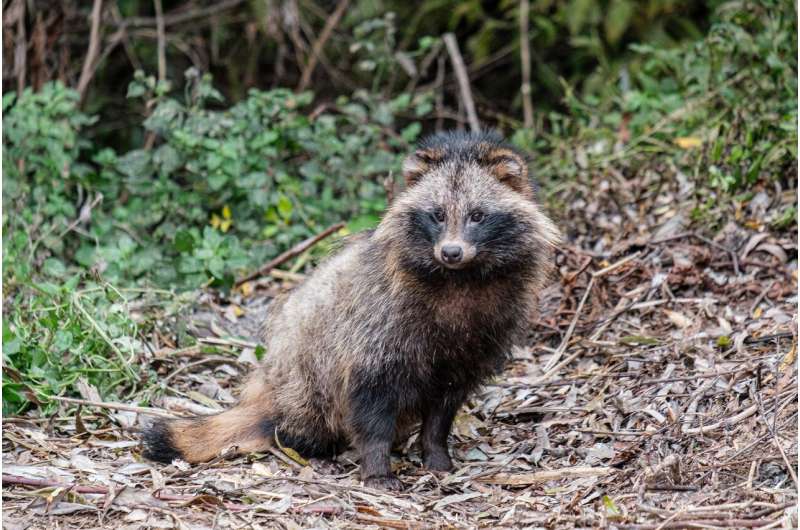


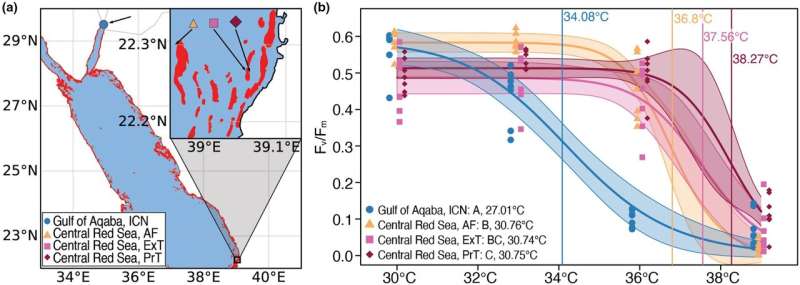 Study sites and temperature tolerance thresholds of corals from the northern and central Red Sea. (a) Map of Red Sea sites, reefs are shown in red. Seven coral colonies of S. pistillata from each of one site in the Gulf of Aqaba (ICN), northern Red Sea, and three central Red Sea sites near each other (AF, ExT, PrT) were collected and examined for heat stress response patterns. (b) Photosynthetic efficiency (Fv/Fm) over temperature curves and determined ED50 thermal tolerance thresholds as a proxy for coral bleaching susceptibility (sensu Evensen et al., 2021) of corals from the ICN, AF, ExT, PrT reef sites. ED50 thermal tolerance thresholds are denoted as vertical bars with temperature values at the top of the respective bar in the respective site color. Solid lines in each curve reflect the mean three parameter log-logistic model fit for each population (n = 7 colonies) with 95% confidence intervals represented by the shaded areas. Statistical differences among sites are indicated by letters in the panel legend with site-specific MMM temperatures denoted thereafter. Symbols denote measurements from individual samples. Blue circles, coral samples from the Gulf of Aqaba ICN site; yellow triangles, coral samples from the central Red Sea AF site; pink squares, coral samples from the Central Red Sea ExT site; dark red diamonds, corals from the Central Red Sea PrT site. Credit: DOI: 10.1111/mec.16064
Study sites and temperature tolerance thresholds of corals from the northern and central Red Sea. (a) Map of Red Sea sites, reefs are shown in red. Seven coral colonies of S. pistillata from each of one site in the Gulf of Aqaba (ICN), northern Red Sea, and three central Red Sea sites near each other (AF, ExT, PrT) were collected and examined for heat stress response patterns. (b) Photosynthetic efficiency (Fv/Fm) over temperature curves and determined ED50 thermal tolerance thresholds as a proxy for coral bleaching susceptibility (sensu Evensen et al., 2021) of corals from the ICN, AF, ExT, PrT reef sites. ED50 thermal tolerance thresholds are denoted as vertical bars with temperature values at the top of the respective bar in the respective site color. Solid lines in each curve reflect the mean three parameter log-logistic model fit for each population (n = 7 colonies) with 95% confidence intervals represented by the shaded areas. Statistical differences among sites are indicated by letters in the panel legend with site-specific MMM temperatures denoted thereafter. Symbols denote measurements from individual samples. Blue circles, coral samples from the Gulf of Aqaba ICN site; yellow triangles, coral samples from the central Red Sea AF site; pink squares, coral samples from the Central Red Sea ExT site; dark red diamonds, corals from the Central Red Sea PrT site. Credit: DOI: 10.1111/mec.16064